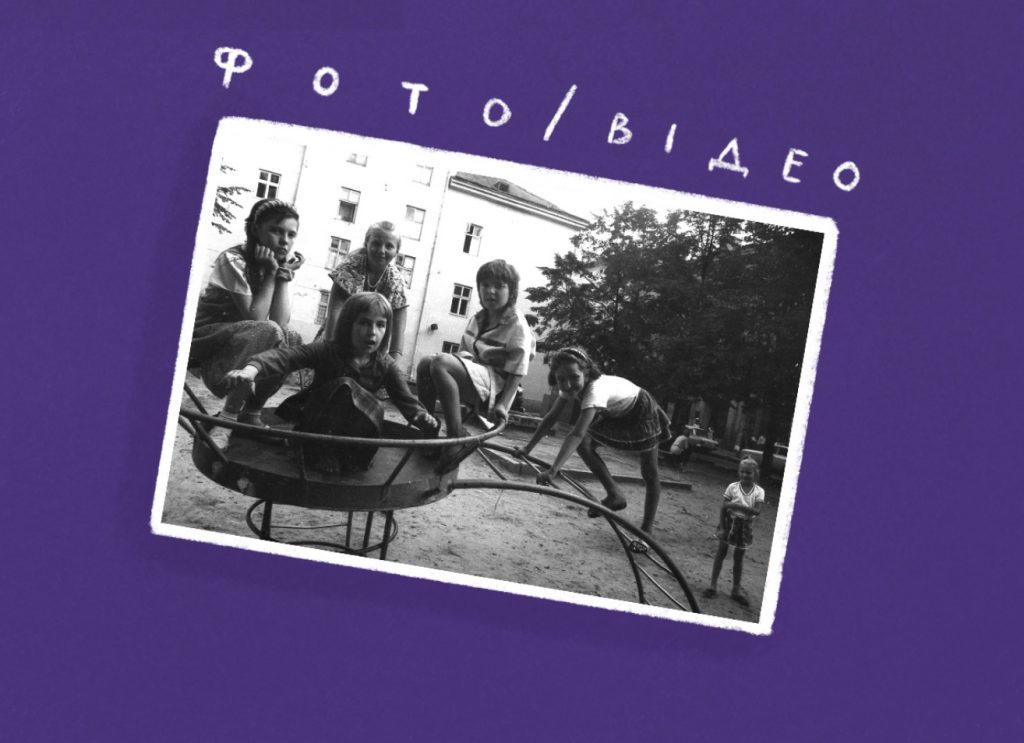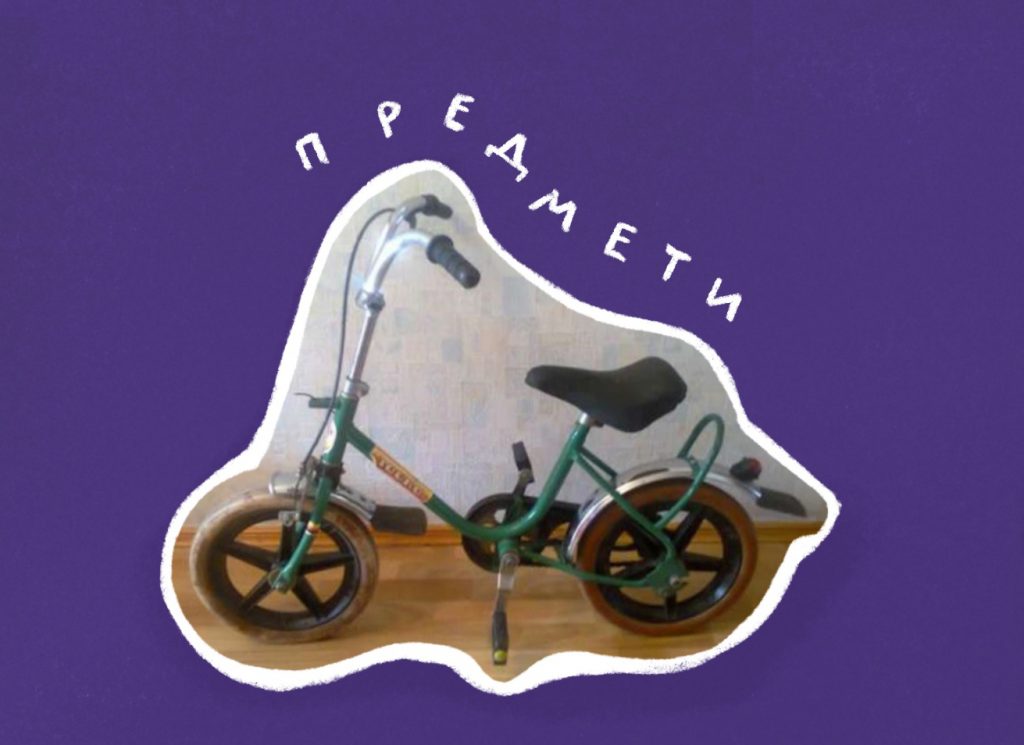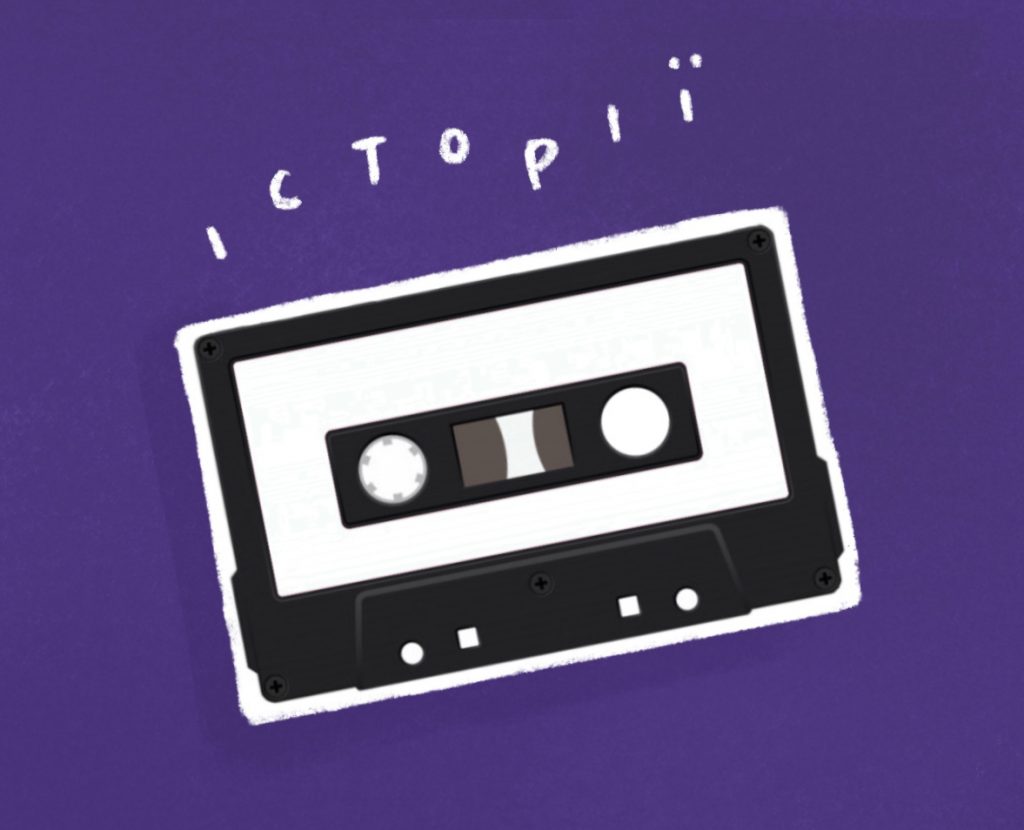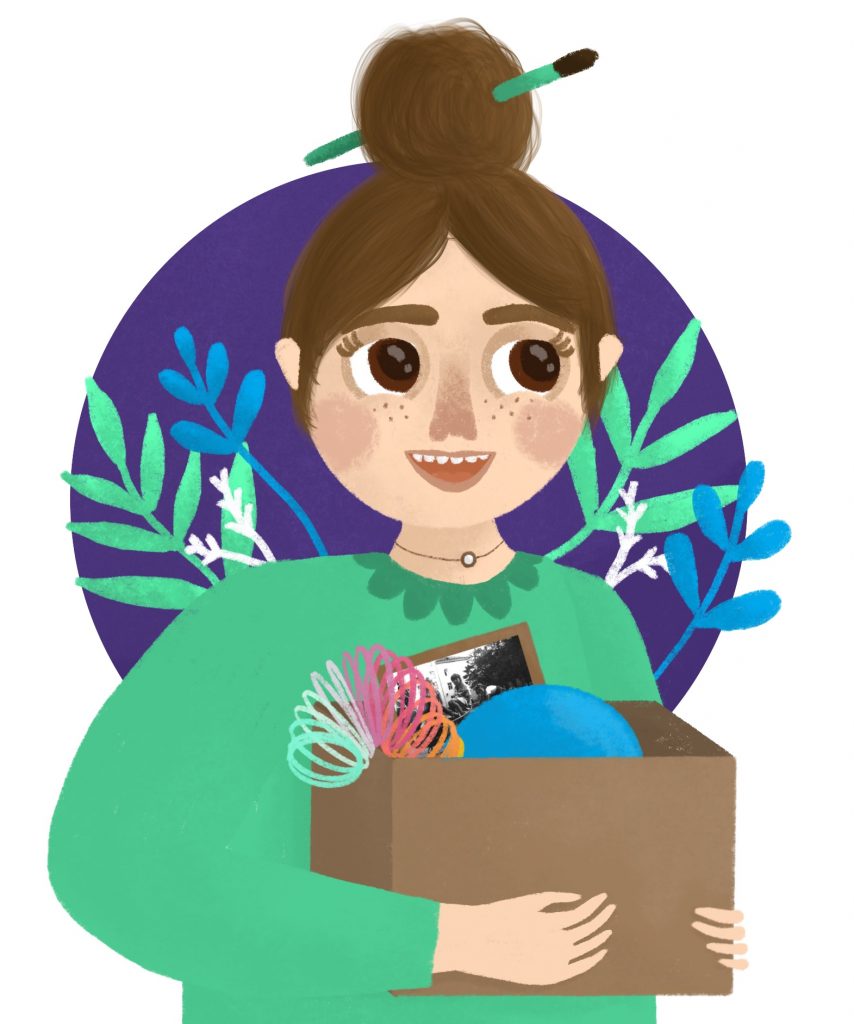The City Museum is preparing its first exhibition “Hero’s Journey: The Last Week of Summer”, which will be opened in the museum in the dungeons of Lviv City Hall. The exhibition should tell about how a child in the age of active cognition independently explores the city as an environment of his or her existence. It should be a place for stories about the safe space of the childhood yard and places of attraction outside it, the journey to which becomes a real adventure with limitations and fears a child needs to overcome. Each story ends up with a return home with new experiences and trophies, and most importantly – a new understanding of yourself and your city.
The museum encourages people to share their \stories in order to create an exhibition community that can evoke a sense of belonging and allow city residents to tell the story of an urban childhood. We want to show the experience of different generations, so the photos, videos, history and objects can be shared by everybody.
The collected materials will be processed by the museum staff, stored and distributed on the Internet, and the curatorial group will choose the most relevant data for the exhibition display at the City Museum.
Categories and examples of what we collect:

Photo / Video
- free time: in the yard, on the street, in the park, on the constructions place, in a shop / kiosk, in a cafe, in industrial areas, in garages, on attractions… and other places of travel for children in the city
- for the memory: near the Opera House, near the monument, near the fountain, near the Circus, in the Park of Culture… and other popular places where children were photographed with the city background

Items
- collecting and exchanging between children: stickers, wrappers, labels, toys, stamps…
- games: from the store or handmade: rubber bands, spring, can or glass tube…
- transport: bicycle, rollers, scooter, skate… also models of public transport
- friendship: jewelry, friends’ diaries, postcards, letters to friends or works on “How I spent the Summer”…
- orientation in the city: compass, map of the city with marks, drawing-scheme how to get, map-scheme of travel
- trophy / treasure gained by children during an independent travel: a glass ball from a glass factory, a brick from a construction site, an old bottle with a note buried in the yard or something like that

Stories
- heroes: Who have fascinated you in childhood? Which characters of cartoons, fairy tales, books, movies were examples for you? Did you plan your travels, imitating your favorite characters?
- Yard / street culture: famous and fictional games, collecting and exchanging stickers or wrappers, sharing toys, clubs of interest … and other memories from the yard
- Construction of “halabuda” (a tree house): Where, how and from which materials have you created it? bedspreads and pillows, boards, basement or attic, “nest” on a tree “
- Friends and enemies: How were friends gathered? Whom did you consider enemies? Your stories of true friendship
- Limits and restrictions: what were the means of control by adults? What were the restrictions of space you could explore? What boundaries were set by adults? In what places it was impossible to go? How did you have to behave / could not behave? Stories about grandmothers on the bench or vigilant neighbors who monitored the behavior of children and compliance with the boundaries of the yard.
- Sounds, smells and tastes of childhood: What sounds are associated with childhood? What products would you go for outside your own home? (cotton candy, ice cream, sparkling water…)
- Transport: Stories of travel by your own transport (bicycle, skate, scooter, rollers…), as well as the experience of independent travels by public transport
- Childhood fears: What were your afraid of as a child? What fears were associated with the dangers of the street and city travel?
- Independent travel outside the yard: stories on the site of constructions, in the next yard or garden, in a shop / kiosk, in a park, in the city center, outside your area, in a museum, attractions, movies and other places of attraction along with the key landmarks in the city: buildings, shops, monuments, bridges, stadiums, etc. and stories about how you learned to navigate in the city
- Guides: tell about those who have “pushed” you to break the boundaries and go outside the yard to forbidden places. Who was a companion in this process? Maybe an older friend, brother or sister, or a pet
- Trophy / treasure that the child got during independent travels: a glass ball from a glass factory, a brick from construction, an old bottle with a note buried in the yard, etc.
How to share your photos, videos, items and stories?
- Choose an object / photo / video / story (ideas of what it can be see above)
- Take a picture of an object or photo; prepare a video from childhood; record history in text, audio or video format
- Add to what you have prepared: name, date and place of action / use, short description
- Choose one of two or use two options:
- post on your page in the social networks, but don’t forget to bookmark the City Museum page and add the hashtag #myChildhoodContent, #MuMi, #CityMuseum
- send via E-mail mumilviv@gmail.com
If you have a lot of objects and memories, and your apartment is an endless collection of everything in the world, you can contact us at mumilviv@gmail.com or by phone number +38 (067) 370 78 45.
Do you have a camera or sociability is your superpower? Help our museum record interesting interviews for the exhibition. Contact us https://www.facebook.com/MuMiLviv/ or mumilviv@gmail.com
If you don’t have anything we are looking for, but you know who can have photos / videos / items / stories, share your contacts with us (mumilviv@gmail.com or +38 (067) 370 78 45).
Let’s create a museum together!
Illustrations: Anna Provozin
Photos of children in the yard: Willi Furgalo
